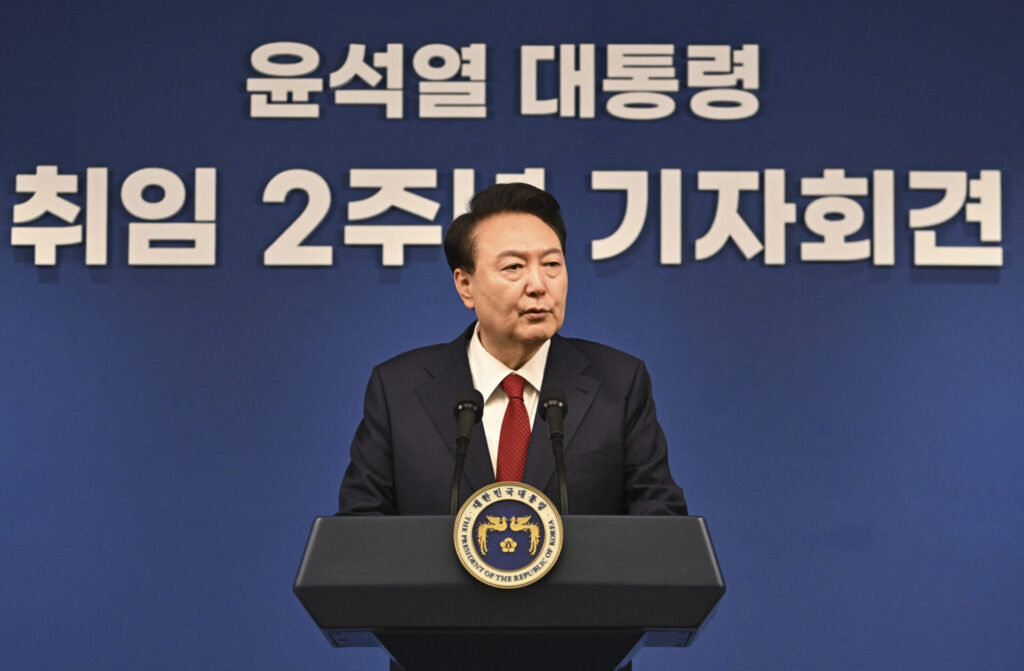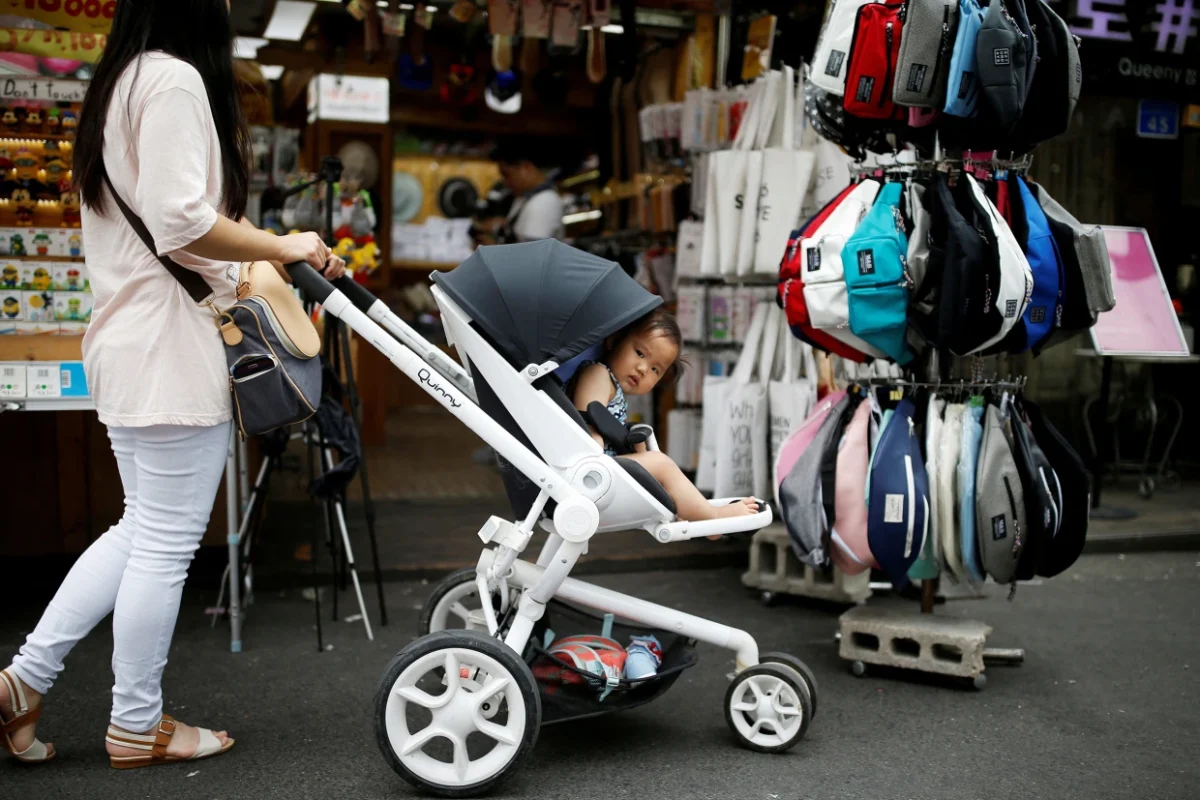South Korea is facing a significant demographic challenge as its birth rate has plummeted to levels that have sparked widespread concern and government action. The decline in the number of newborns is not just a statistical worry but a situation that threatens the very socio-economic fabric of the nation.
A Troubling Trend
In recent years, South Korea’s birth rate has been on a consistent decline, reaching alarming lows that have made global headlines. This troubling trend has been attributed to various factors including high living costs, intense work culture, and a shifting societal focus away from traditional family values. Young South Koreans are increasingly opting out of marriage and parenthood, choosing instead to prioritize personal and professional growth. This shift has resulted in fewer children per family and a rapidly aging population.

Government’s Bold Response
In response to the critical low birth rates, the South Korean government has taken a proactive stance by proposing the establishment of a dedicated ministry. This new governmental body aims to address the birth rate crisis comprehensively. Through targeted policies and programs, the ministry will strive to create a more family-friendly environment that encourages childbirth and addresses the concerns of potential parents. From housing subsidies to child care support and work-life balance improvements, the government plans to tackle the root causes of the demographic decline head-on.
A Call to Action
This demographic crisis calls for a national reassessment of both policy and cultural attitudes towards family and work. South Korea’s future depends on reversing the birth rate decline, ensuring that the nation can sustain its workforce and support its aging population. With a combination of government action and societal shift, there is hope yet for a demographic revival.
Looking for the best deals on Amazon products? Look no further! We have handpicked some of the most popular and top-rated products available on the platform. Click to see the collection.








